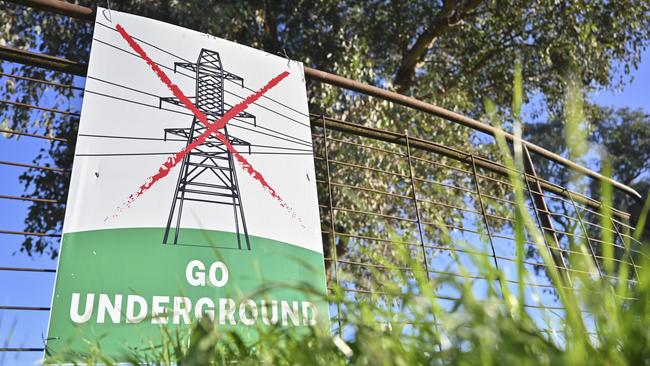
There was no mention of HumeLink’s eye-watering cost blowouts, negative net benefits, exaggerated claims, consumer costs, community opposition, environmental damage or inadequate capacity.
Scully stressed the strict conditions of approval – though they are largely inconsequential – as typified by the first condition listed for TransGrid: “To work with specific landowners to implement appropriate visual impact mitigation measures, such as landscaping or vegetation screening.”
Just how will TransGrid landscape or screen a 500kV overhead transmission line, with nearly one-thousand 75m towers (almost as tall as the Sydney Harbour Bridge pylons), 26 suspended wires and a 70m-110m wide easement scar across 365km?
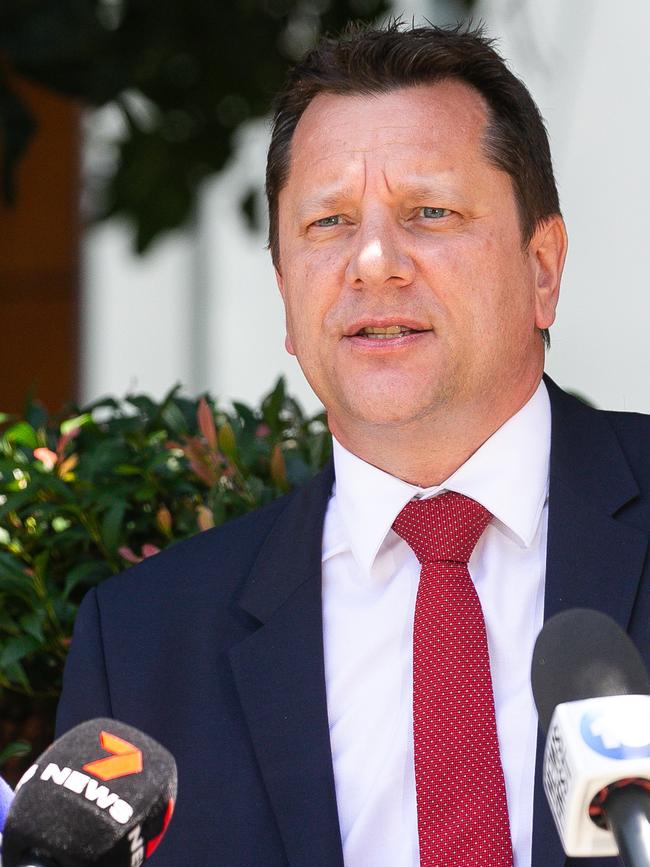
The project’s approval came as no surprise. Every project in NSW that has been declared Critical State Significant Infrastructure, as HumeLink was, gets approved in due course, no matter what flaws emerge during the assessment process.
Let’s have a quick look at the history of this “critical” project, its consequences and the lessons for assessing proposals for the remaining 10,000km of transmission lines that the Australian Energy Market Operator says are needed by 2050.
Originally called SnowyLink North, the minister confirmed HumeLink’s primary purpose is to “unlock Snowy 2.0” through connections to Bannaby (near Goulburn) and Wagga Wagga.
The initial 2020 $1bn estimate jumped to more than $3bn two years later and then to nearly $5bn in 2023. The transmission capacity also dropped from 2570 megawatts (MW) to 2200MW.
Worse still, HumeLink only gets to Goulburn. To complete Snowy 2.0’s connection to Greater Sydney the proposed $1.6bn Sydney Ring South transmission line must be built. (Likewise, further transmission is needed beyond Wagga Wagga to connect Snowy 2.0 to Melbourne, but that is a story for another time, with many similarities to the HumeLink saga).
So the cost per megawatt of connecting Snowy 2.0 to Sydney, after accounting for the capacity reduction and the final leg, has soared more than seven-fold in just four years – surpassing Snowy 2.0’s record-setting cost blowouts (so far).
TransGrid claims the cost blowouts have been more than compensated by increases in the gross benefits from $2bn in 2020, to $3bn in 2022, to $9bn in 2024. Every time the cost increased, so did the benefits. The Australian Energy Regulator considered the latest benefits’ estimate to be overstated by almost $3bn, but still approved the project’s expenditure by ignoring other dubious TransGrid claims and the cost of Sydney Ring South. Industry experts have contended for some years that HumeLink’s cost substantially exceeds its benefits.
What is particularly inequitable, however, is that the burgeoning cost of HumeLink is to be paid for entirely by NSW electricity consumers, through a hike in transmission tariffs estimated to be more than 50 per cent.
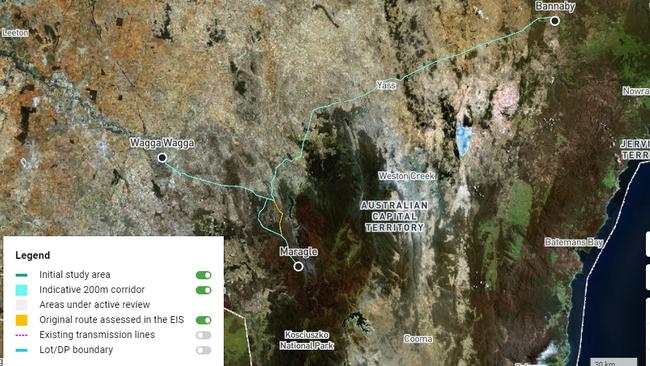
Why isn’t the NSW government protecting consumers by insisting that the major beneficiaries of HumeLink – being Snowy 2.0 and new wind and solar generators in southwest-NSW – pay their fair share of the costs they are incurring? Will the government allow future renewable developers to continue getting a free ride at the expense of electricity consumers?
An often disregarded consequence of new transmission lines is the impact on local communities and the environment. Few people welcome a 500kV overhead transmission line in their vicinity. No amount of money can compensate for the impact, especially in rural landscapes.
The enormity of HumeLink’s environmental impacts is indicated by its 9000 hectare construction corridor stretching 365km and the $0.5bn bank guarantee required from TransGrid to ensure biodiversity offsets are implemented.
Undergrounding is an alternative design increasingly applied for long-distance transmission in many overseas grids, especially by direct current. However, both TransGrid and AEMO are dismissing this alternative, claiming excessive capital costs, despite a detailed study by international experts concluding the extra cost for HumeLink is about 1.5 times or less.
Undergrounding brings many offsetting benefits, including less environmental and agricultural impact, no susceptibility to bushfires and weather-related outages and, most importantly, minimal opposition from landowners and local communities.
An underground HumeLink would have gained immediate social licence, avoiding the enormous angst, time and expenditure for both the communities and TransGrid in contesting the overhead proposal.
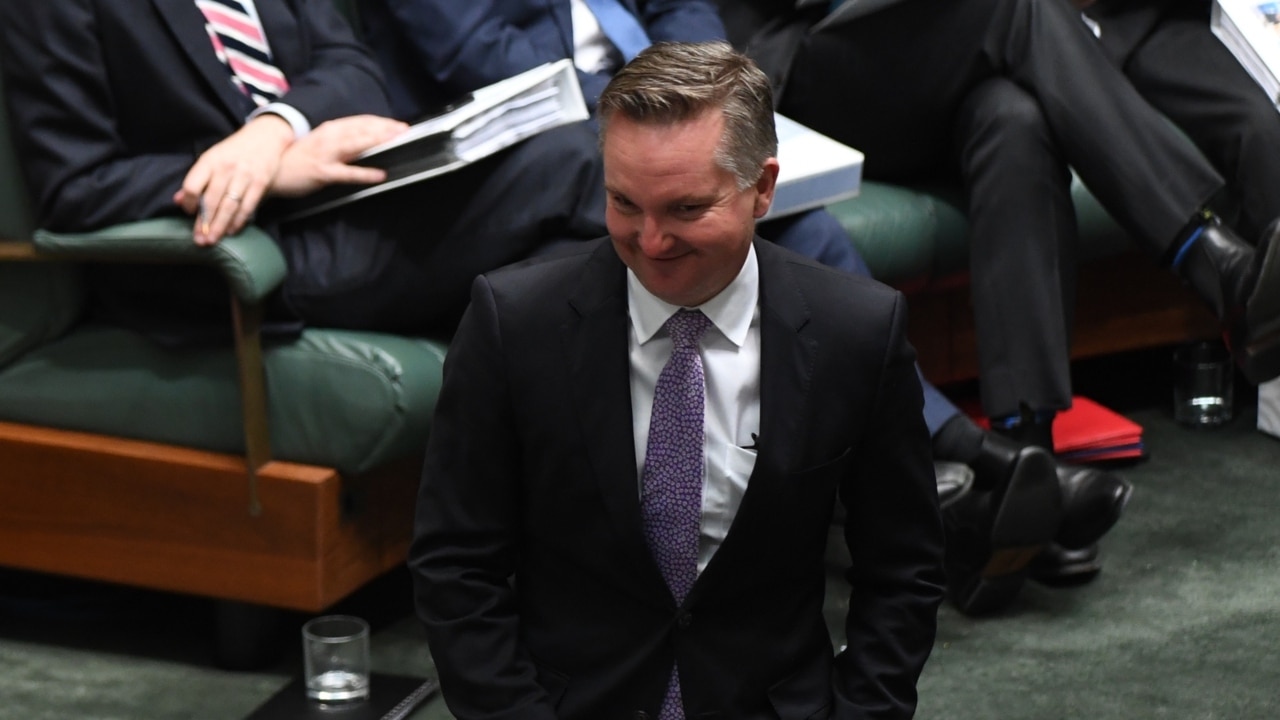
Undergrounding won’t be appropriate in every location, but it should not continue to be automatically dismissed. Inexcusably, not one of the 10,000km of proposed transmission lines is being considered to be undergrounded.
And to cap it all off, HumeLink is undersized. It’s capacity of 2200MW cannot accommodate some 8000MW of claimed transmission services, including Snowy 2.0 (2200MW), future southwest-NSW renewable generators (3000MW), and interstate transfers with Victoria (1900MW) and South Australia (800MW).
Obviously, not all services will be required at the same time and in the same direction, but there will be periods of significant curtailment.
Expect HumeLink 2.0 to be proposed soon.
How did we end up with “one of the largest transmission projects in the state’s history” that is exorbitantly expensive, has negative net benefits, is to be paid for entirely by electricity consumers, causes unprecedented social and environmental impacts, and is undersized?
There can be no transition without transmission, as AEMO and TransGrid keep repeating. But the processes for proposing, assessing and funding the remaining 10,000km of transmission lines must be improved.
Ted Woodley is former managing director of PowerNet, GasNet, EnergyAustralia, China Light & Power Systems (Hong Kong).


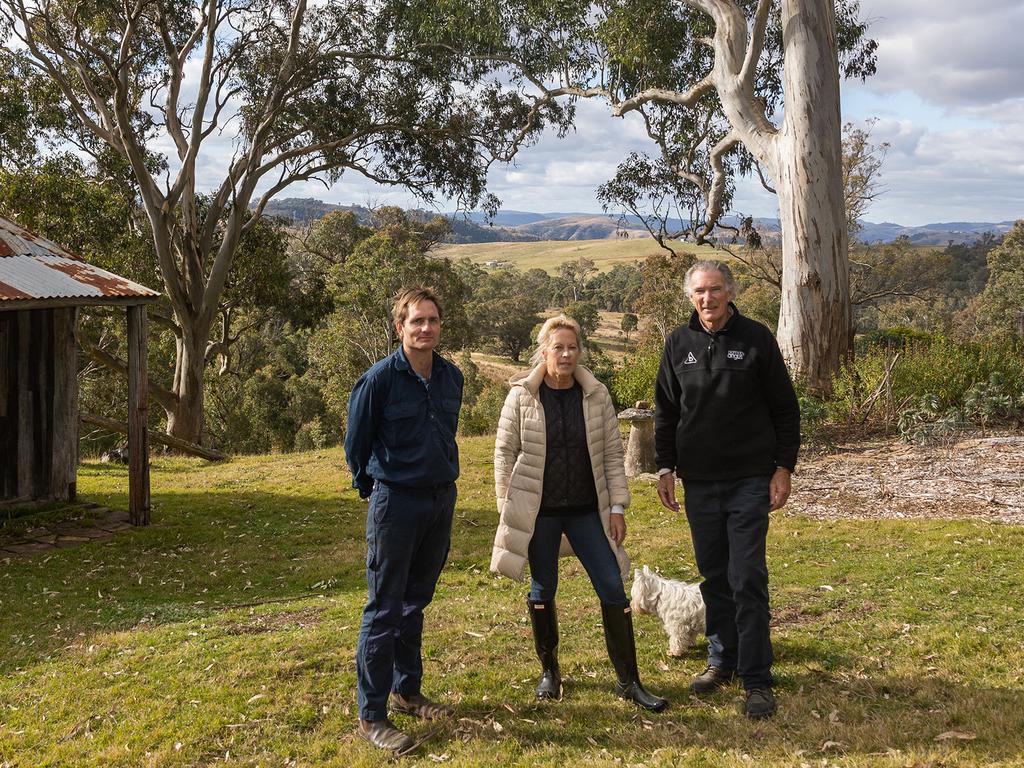



The recent approval of the controversial $4.8bn HumeLink electricity transmission project was heralded by NSW Planning Minister Paul Scully as “one of the largest transmission projects to be approved in the state’s history”, as well as “critical to deliver(ing) cleaner, more affordable energy to the grid while creating thousands of jobs and boosting regional economies”.